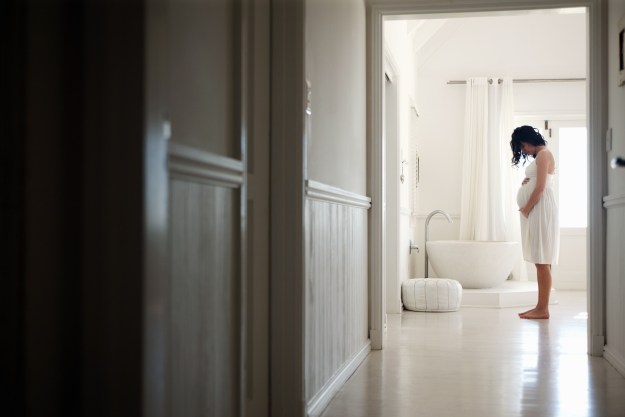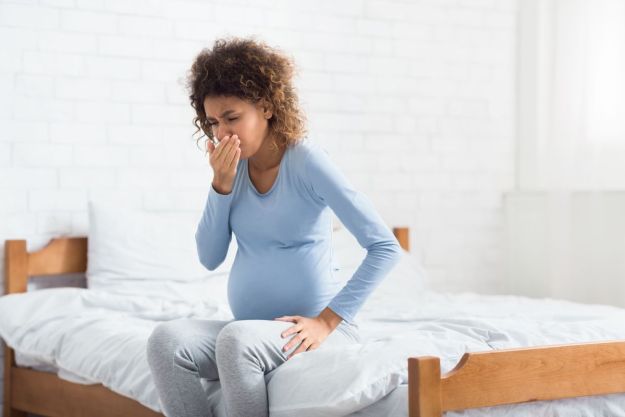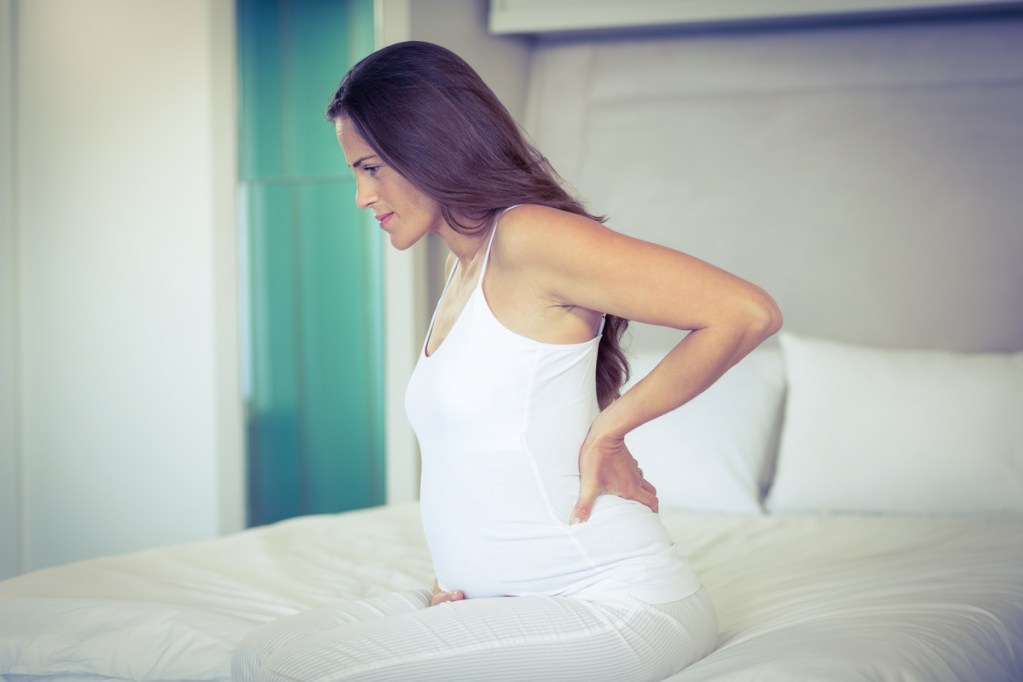
Pregnancy definitely has its glamorous moments, from the glow to the shiny hair, compliments, and congratulations. While some days you may feel amazing and energized, there are certain periods when you’re just seeking causes behind pregnancy pain, and then looking for ways to find relief. Because the reality is more often composed of nausea, swollen ankles, and fatigue. Pregnancy may not be Instagram-worthy all the time, but that’s why we’re here to help you with those delicate questions about the nitty-gritty—like how to know if you need compression socks for pregnancy.
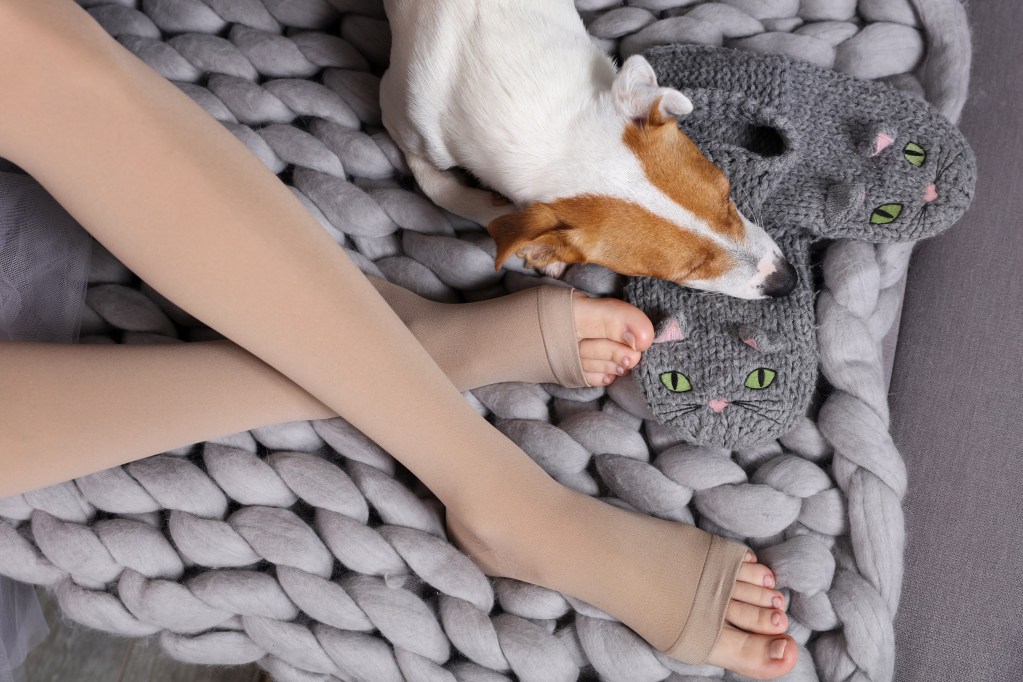
Compression socks for pregnancy can help with swelling
Compression socks for pregnancy come in handy the most during the second trimester when your growing baby’s extra weight puts a strain on your lower half. Your body swells with extra blood flow during pregnancy, and the swelling (medically called edema) can get to the point of discomfort.
Compression socks gently squeeze your ankles and calves to alleviate that discomfort in the places where it can be most pronounced. If your feet and legs are aching from bearing the extra weight of your belly, compression stockings for pregnancy can also help with that. If you can’t be off your feet during pregnancy, these can help with soreness.

They can help you sleep better
A good night’s sleep can be hard to come by for any pregnant person. Added weight gain, swelling, and a growing baby can make it hard to get comfortable, which is where compression socks come in handy. Providing compression to the legs and feet helps improve blood flow and promote better circulation while helping to alleviate swelling. This allows the wearer to get more comfortable, especially when it comes time to rest and get some much-needed sleep!
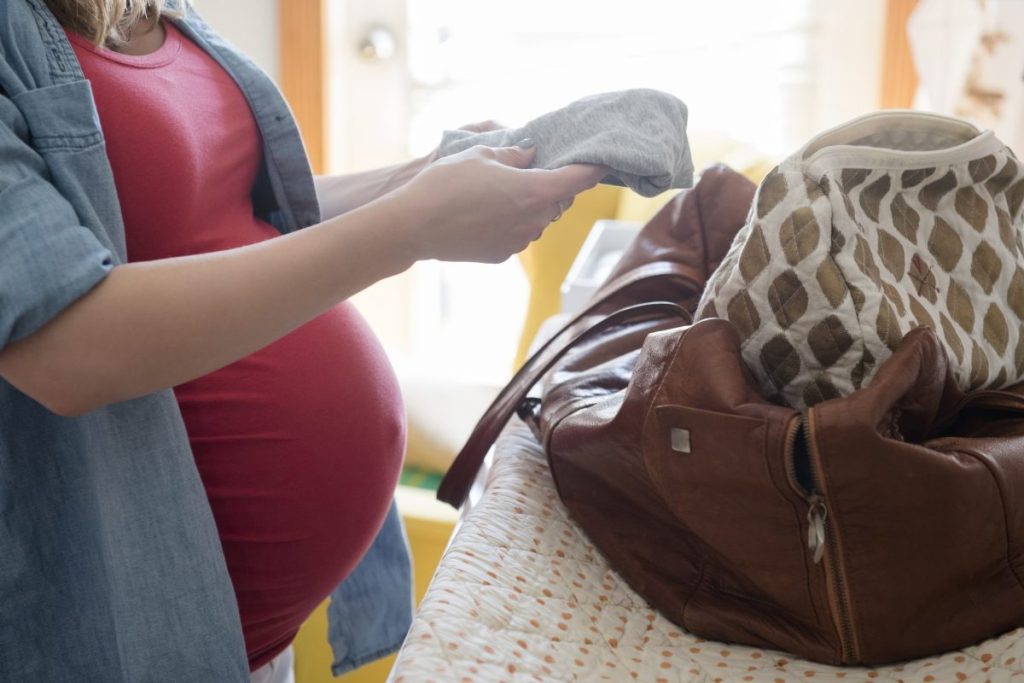
Compression socks for pregnancy can help improve circulation
Even if you’re comfortable, there is another benefit to compression socks during pregnancy: improving circulation. Your growing uterus can put pressure on your veins, and your changing hormones can put you at increased risk for blood clots. Pregnancy compression socks can help prevent blood issues like clots, so ask your doctor if they might be recommended for you even if you’re not sore. Improvement in circulation can also help minimize the appearance of varicose veins!
The amount of compression varies by the sock from eight to 50 mmHg of pressure. The average person wants pressure in the middle of that range, about 15 to 30. Compression socks should not feel like they are squeezing you too tightly to the point of discomfort, so get ones with less compression if they do. They’re also not recommended to wear to bed. It’s best to put them on first thing in the morning, even before getting out of bed, so they can prevent the swelling at your ankles before it starts instead of trying to help once it’s begun. Always check with your doctor before self-prescribing anything (even compression socks) since they are not recommended for people with certain diseases. As long as you choose the right size and wear them correctly, compression socks or pregnancy support hose can help make your pregnancy more comfortable. Here are some of our favorites.
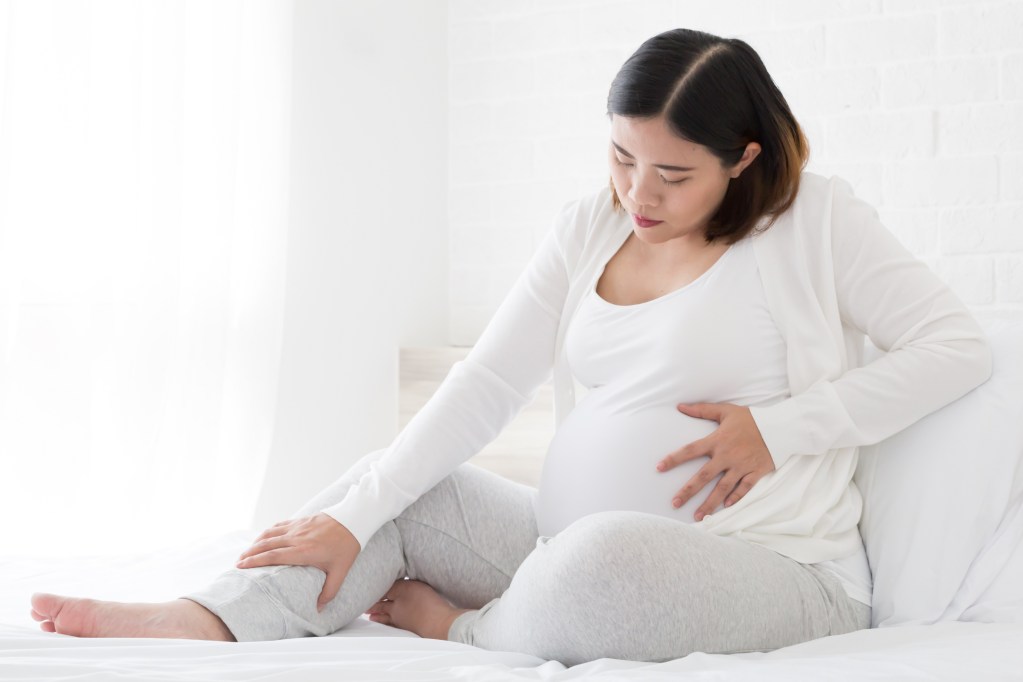
Best compression socks during pregnancy
MadeMother Maternity Compression Socks
These socks give graduated compression levels throughout the stocking; 25-30 mmHg at the foot and ankle, 15-20 mmHg in the middle of the leg and calf, and 10-15 mmHg under the knee. This means your upper calf isn’t getting squeezed when you want the pressure at your ankle, but you still have compression going above the ankle to help with circulation.
More reasons we like it:
- Comfy cotton/rayon blend
- Extra padding at the toes puts comfort first
- Easy to pull on
Belair Maternity Compression Socks
These nylon/lycra socks with reinforced heels are breathable and stylish. You can choose which one of the four color schemes (rust, aqua, iris, or lemon) you want on the stripes, and they offer you all-day comfort.
More reasons we like it:
- Soothing, antibacterial micro-weave knit
- Features a design that prevents varicose veins
Fenglaoda Compression Socks for Women Circulation 20-30 mmHg
Compression stockings aren’t known for making you feel cute, but the designs on these socks let you express plenty more personality than a solid nude color. From sock monkeys to kittens to pink flamingos, you’ll love these adorable socks that provide 20-30mmHg of compression.
More reasons we like it:
- Moisture-wicking and nonslip design
- Gradual support that promotes blood flow
- Extra ankle support for all-day comfort
Blueen Joy Copper Compression Socks
Copper is known for its qualities of increasing circulation and alleviating pain. Such is the case with the Blueen Joy Copper Compression Socks which which offer support where you need it most–your feet and calves. These socks also reduce soreness and swelling during any level of physical activity at work and home.
More reasons we like it:
- Elastic band that stretches all the way around
- Copper-infused, temperature control material
- Neutral colors and prints that complement most outfits
Kindred Bravely Maternity Compression Socks 2-pack
Created from bamboo fibers and other durable materials, the compression socks for pregnancy offer a super-soft texture and excellent support that starts at the ankle and gradually decreases along the calf. This quality improves circulation while alleviating soreness and swelling.
More reasons we like it:
- Bamboo-infused fabric that decreases odor
- Cushioned heels that provide added comfort
- Soft elastic cuff that doesn’t roll or impede circulation
Compression socks can help alleviate swelling and discomfort, as well as improve your circulation during pregnancy. If you’ve been looking for just the right pair, try one of these great options.
Editors' Recommendations
- Why do babies growl? Understanding your little one’s weird sounds
- The ultimate nursery checklist of everything you need (and nothing you don’t)
- When do pregnancy cravings actually start? The answer may be surprising
- Glass vs. plastic baby bottles: Here’s what doctors have to say
- What is a baby sprinkle (and how to plan a great one)


